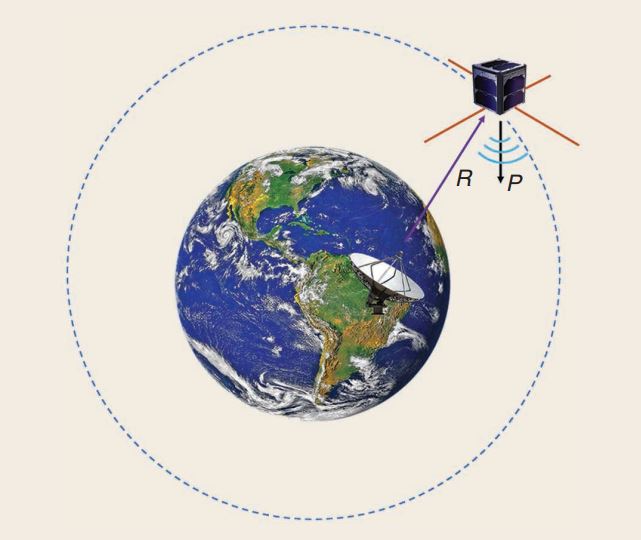CubeSat, CubeSat Antennas, and Link Budget Analysis
A virtual event featuring IEEE Distinguished Lecturer Prof. Reyhan Baktur, Associate Professor at Utah State University.
Sponsored by the IEEE AP-S Distinguished Lecturer Program.
|
CubeSat, a modular type of standardized modern small satellites, have been gaining steady popularity and attention from universities and space industries. In addition to education purpose, CubeSats have various promising applications as low-cost space exploration vehicles for technology demonstrations, multi-point observations of space environment, and monitoring/reporting proper deployment of expensive deep space instruments.
This lecture is open to everyone and IEEE membership is not required. |
|
Date and Time
Location
Hosts
Registration
-
 Add Event to Calendar
Add Event to Calendar
Loading virtual attendance info...
Speakers
Prof. Reyhan Baktur of Utah State University
Biography:
|
Dr. Reyhan Baktur is an associate professor at the department of Electrical and Computer Engineering (ECE), Utah State University (USU). Her research interests include antennas and microwave engineering with a focus on antenna design for CubeSats; optically transparent antennas; multifunctional integrated antennas, sensors, and microwave circuits. She is affiliated with the Center for Space Engineering at USU, the Space Dynamics Laboratory (the university affiliated research center), and collaborates with NASA Goddard Space Flight Center. Dr. Baktur is an AdCom member of IEEE Antennas and Propagation Society, and is active in US National Committee of the International Union of Radio Science, serving as the vice chair for commission B, and the inaugural chair for the Women in Radio Science. She is passionate and committed to electromagnetic education and student recruiting by introducing CubeSat projects in undergraduate classrooms. She is a recipient of many undergraduate teaching awards and has been actively serving IEEE APS student paper competition and student design contest. Dr. Baktur is the faculty advisor of the USU Get Away Special (GAS) CubeSat team, and the current satellite has been selected to launch in 2025-2026 time frame, with the main payload being Dr. Baktur’s optically transparent antenna. |
Agenda
11:45am - WebEx Waiting Room
12:00pm-1:00pm - Presentation
1:00pm-1:15pm - Questions


